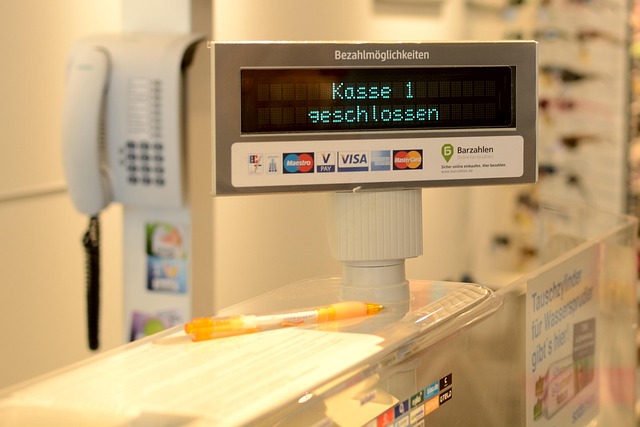Title loan fraud prevention is a constant battle with criminals leveraging advanced technology to target desperate borrowers through online scams and fake websites. To counter these evolving tactics, lenders must adopt robust systems integrating AI analytics, machine learning, and real-time data analysis for quick, secure approvals. This includes biometric authentication, digital document verification, and adaptive model updates based on new fraud schemes. Collaboration, transparency, strong authentication protocols, and comprehensive record-keeping are essential to protect genuine borrowers while deterring fraudulent practices in title pawn transactions.
Title loan fraud prevention is a dynamic field, constantly evolving with schemers devising new tactics. As lending practices digitize, so do fraudulent activities, demanding adaptive strategies from financial institutions. This article delves into the latest trends in title loan fraud, exploring how technology can bolster preventive measures. We present best practices for establishing robust, adaptable fraud detection systems, crucial for safeguarding lenders and borrowers alike in today’s landscape.
- Evolving Techniques in Title Loan Fraud: Unveiling New Trends
- The Role of Technology in Enhancing Fraud Prevention Measures
- Best Practices for Adaptable and Robust Fraud Detection Systems
Evolving Techniques in Title Loan Fraud: Unveiling New Trends

Title loan fraud prevention faces a constant challenge due to evolving techniques employed by criminals. As the demand for quick emergency funding increases, so do the schemes used to manipulate individuals seeking financial solutions. Traditionally, these fraudulent practices have included identity theft, falsified documents, and exaggerated claims of property value. However, new trends emerge, such as sophisticated online scams targeting vulnerable borrowers through phishing emails and fake websites that mimic legitimate lending institutions.
Criminals are increasingly using advanced technology to gather personal information, manipulate digital records, and create convincing false narratives. They exploit the urgency of immediate financial needs, enticing victims with seemingly easy repayment options and quick cash access. This shift in tactics demands a proactive approach in title loan fraud prevention, where lenders, regulatory bodies, and consumers must stay informed about these new trends to protect themselves effectively.
The Role of Technology in Enhancing Fraud Prevention Measures

The digital age has brought about innovative methods for both criminals and legitimate businesses, with title loan fraud prevention being no exception. Traditional measures must evolve to keep pace with emerging schemes, where sophisticated technology plays a pivotal role in enhancing security protocols. AI-driven systems can analyze vast datasets, identifying patterns and anomalies indicative of fraudulent activities faster than ever before. These advanced algorithms can scrutinize borrower behavior, transaction histories, and other factors to predict and prevent potential fraud.
Furthermore, integrating real-time verification processes, such as biometric authentication or digital document validation, adds an extra layer of security for secured loans. With quick approval processes becoming the norm in the loan industry, robust technology ensures that while speed is maintained, measures like these safeguard against abuse, ensuring only genuine borrowers access funds.
Best Practices for Adaptable and Robust Fraud Detection Systems

To effectively combat evolving title loan fraud, prevention systems must be adaptable and robust. This involves a combination of advanced analytics, machine learning algorithms, and real-time data analysis. By integrating these technologies, lenders can detect patterns indicative of fraudulent activities in the early stages of the title loan process, from initial application to loan extension requests.
Continuous monitoring and updating of fraud detection models based on new schemes are essential. Lenders should also foster a culture of transparency and collaboration within their systems, sharing information across departments and with industry peers. This collective approach enhances the accuracy and effectiveness of fraud prevention measures, ensuring that loopholes are quickly closed. Additionally, implementing strong authentication protocols for title pawn transactions, verifying customer identity through secure channels, and maintaining comprehensive records further bolster defenses against fraudulent practices within the loan extension process.
Title loan fraud prevention must continually evolve to stay ahead of sophisticated criminals. As technology advances and new schemes emerge, adaptable and robust systems become essential. By combining cutting-edge tech with best practices, lenders can significantly mitigate risks and protect their businesses and customers from falling victim to fraudulent activities. Implementing dynamic fraud detection methods is crucial in today’s digital landscape, ensuring a secure and trustworthy title loan process for all involved.






